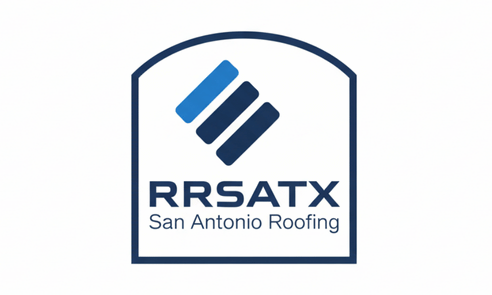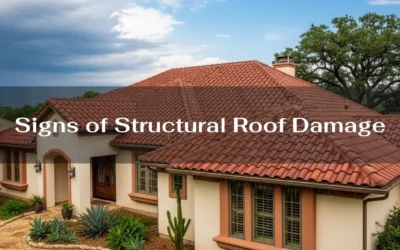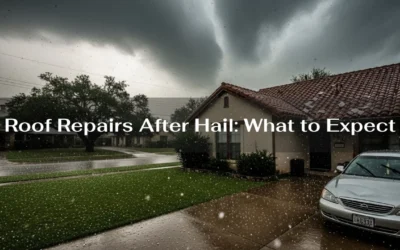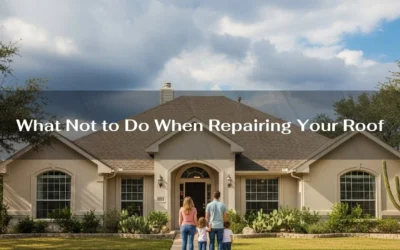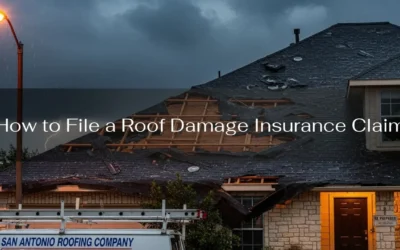San Antonio’s subtropical climate presents unique challenges for homeowners, particularly when it comes to maintaining the integrity of their roofs. With scorching heat, torrential downpours, and unpredictable hailstorms, it’s essential to implement proper maintenance strategies to safeguard your roof and extend its lifespan. In this comprehensive guide, we’ll explore the steps necessary for maintaining your roof in San Antonio’s climate.
Top 20 Roof Maintenance Tips for San Antonio Homes
Here are the top 20 roof maintenance tips for homeowners. By embracing these top 20 roof maintenance tips, you’ll protect your investment and extend your roof’s lifespan in San Antonio’s challenging climate.
1. Understanding San Antonio’s Climate: A Primer
Nestled in the heart of Texas, San Antonio experiences a humid subtropical climate. Characterized by hot, muggy summers and mild winters, this environment necessitates regular inspection and maintenance of your roof to prevent premature deterioration.
2. Roofing Materials: Selecting the Right Option
To combat San Antonio’s climate, opt for materials renowned for their durability and heat resistance, such as metal, clay, or concrete tiles. These materials not only withstand extreme temperatures but also offer a longer lifespan than traditional asphalt shingles.
3. The Importance of Proper Ventilation
A well-ventilated attic mitigates the risk of moisture accumulation, preventing mold growth and wood rot. Ensure your attic has adequate ventilation to promote air circulation, reducing the strain on your roof during sweltering summers.
4. Insulating Your Attic: A Crucial Step
Adequate insulation helps regulate indoor temperatures, lowering energy costs and reducing wear and tear on your roof. Invest in high-quality insulation to minimize heat gain during San Antonio’s scorching summers.
5. The Power of Reflective Roof Coatings
Applying a reflective roof coating is an effective method to combat San Antonio’s heat. This innovative solution reflects solar radiation, diminishing heat absorption and extending the longevity of your roofing materials.
6. Gutter Maintenance: A Cornerstone of Roof Health
Keep your gutters clean and well-maintained to prevent water damage to your roof’s structure. Ensure your gutter system is free of debris and functioning correctly to facilitate efficient water drainage.
7. The Significance of Regular Roof Inspections
Schedule periodic professional roof inspections to identify potential issues before they escalate. Early detection of minor problems, such as loose shingles or damaged flashing, can prevent costly repairs down the line.
8. Monitoring for Mold and Mildew
San Antonio’s humid climate creates the perfect breeding ground for mold and mildew. Regularly inspect your attic and roof for signs of fungal growth, and address any issues promptly to prevent further damage.
9. Safeguarding Against Pests
Termites, rodents, and other pests can cause extensive damage to your roof’s structure. Implement preventive measures, such as sealing potential entry points and conducting regular pest inspections, to protect your roof from infestations.
10. Preparing for Hailstorms: A Proactive Approach
Hailstorms pose a significant threat to roofs in San Antonio. To minimize damage, consider investing in impact-resistant roofing materials and fortify your roof’s structure with additional support.
11.Responding to Storm Damage: Immediate Action
In the aftermath of a storm, assess your roof for damage and take immediate action to prevent further deterioration. This may involve temporary fixes, such as tarping damaged areas, until professional repairs can be completed.
12. The Role of Regular Roof Cleaning
Keep your roof clean by regularly removing dirt, debris, and algae. This not only enhances curb appeal but also prevents the buildup of moisture, which can lead to decay and structural damage.
13. Ensuring Proper Drainage
Inadequate drainage can lead to water pooling on your roof, causing leaks and structural damage. Regularly inspect your roof’s drainage system and make any necessary adjustments to promote efficient water runoff.
14. The Necessity of Prompt Leak Repairs
If you detect a leak in your roof, address it immediately to prevent further damage. Promptly repairing leaks minimizes the risk of mold growth, wood rot, and structural issues that can compromise the integrity of your roof.
15. Tree Maintenance: A Crucial Preventative Measure
Overhanging tree limbs can cause significant damage to your roof during storms. Regularly trim trees surrounding your property to reduce the risk of falling branches and prevent the accumulation of leaves and debris on your roof.
16. The Value of Wind-Resistant Roofing Materials
San Antonio is susceptible to occasional strong winds, which can wreak havoc on your roof. Opt for wind-resistant roofing materials, such as metal or modified bitumen, to minimize potential damage and safeguard your investment.
17. Flashing Maintenance: A Key Aspect of Roof Care
Regularly inspect your roof’s flashing, the metal components that seal joints and transitions, to ensure it remains in good condition. Damaged or deteriorated flashing can lead to leaks and water damage, so address any issues promptly.
18. Scheduling Regular Roof Maintenance
Establish a routine roof maintenance schedule to ensure your roof remains in optimal condition. Regular maintenance tasks, such as cleaning gutters, inspecting for damage, and addressing minor issues, can significantly extend your roof’s lifespan.
19. Working with a Trusted Roofing Professional
When it comes to roof maintenance and repairs, partnering with a reputable roofing professional is essential. Choose a contractor with experience working in San Antonio’s climate and a proven track record of success.
20. The Benefits of Proactive Roof Care
By implementing a proactive approach to roof maintenance, you’ll save money on costly repairs, enhance your home’s curb appeal, and extend the lifespan of your roof. Investing in regular upkeep will ensure your roof remains a reliable and effective barrier against San Antonio’s harsh climate.
Maintaining your roof in San Antonio’s climate requires diligence and a comprehensive approach. By selecting appropriate materials, addressing potential issues promptly, and working with a trusted professional, you’ll safeguard your investment and prolong the life of your roof. If you need help or looking for roofing contractor in san antonio feel free to contact us. 210-899-5835
